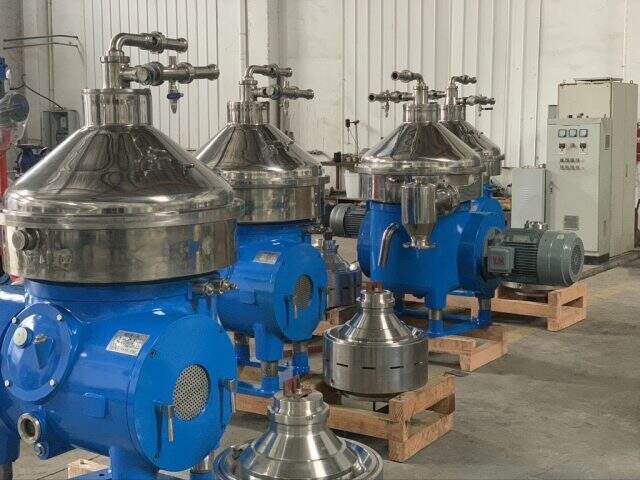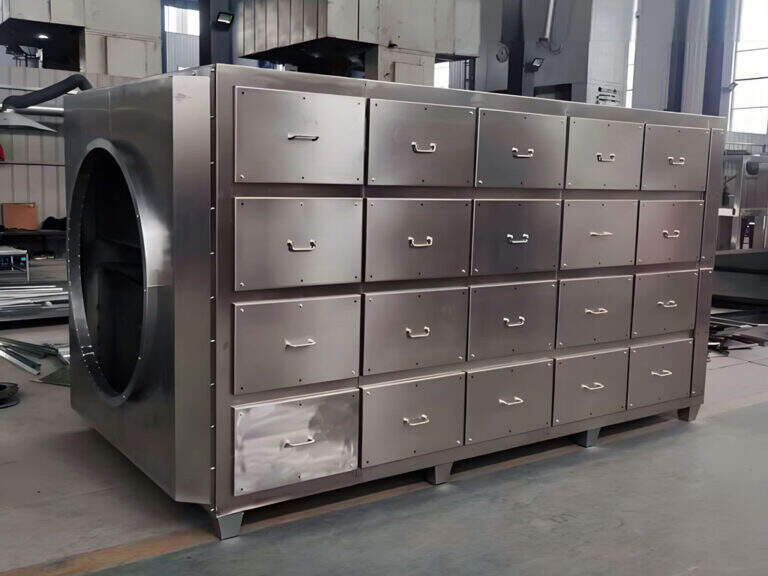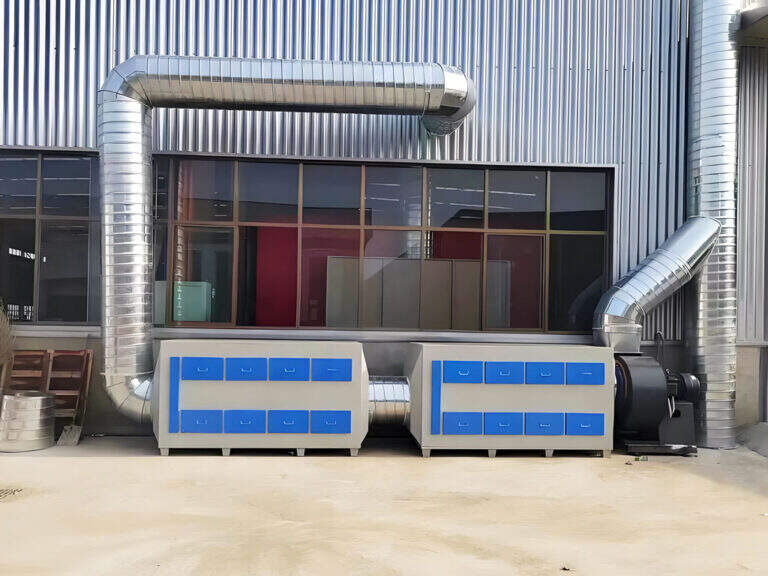


The BIO Series GMP Adsorption System is engineered for Pharmaceutical VOC Adsorber, featuring "medical-grade carbon+hot N₂ regeneration" to achieve 99.5%

The BIO Series Lab Adsorber (Activated Carbon Adsorption) is designed for research facilities, featuring "high-iodine carbon+HEPA" technology to remove 99%

The BIO Series Acid-Resistant Adsorber Chemical-Resistant Carbon Filter is engineered for metal pickling operations, utilizing "chemically-modified activated carbon+alkaline scrubber" to
Fill out the form below, and we will be in touch shortly.